Deep Sea vs Inshore: Which Offshore Style Suits You?
The ocean’s vastness has always beckoned anglers and adventure seekers with promises of both challenge and reward. Within the realm of offshore fishing, two distinct approaches have emerged: deep-sea and inshore fishing. While both involve venturing away from land, they differ significantly in techniques, target species, equipment requirements, and overall experience. Whether you’re a seasoned angler looking to diversify your fishing portfolio or a newcomer trying to determine where to begin your offshore journey, understanding these differences is crucial. This comprehensive guide will help you navigate the unique characteristics of each style and decide which offshore fishing approach aligns best with your preferences, skill level, and aspirations.
Understanding the Fundamental Differences

Deep-sea fishing takes anglers far offshore into waters typically exceeding 100 feet in depth, often miles from the coastline where larger predatory fish roam. This style requires specialized boats equipped for extended journeys and the ability to handle challenging open ocean conditions. Inshore fishing, by contrast, occurs in shallower coastal waters, usually within sight of land, targeting species that inhabit areas around estuaries, bays, and coastal structures. The proximity to shore means shorter trips, smaller vessels, and generally calmer waters. These fundamental geographical distinctions drive virtually all other differences between the two styles, from equipment needs to the techniques employed. Understanding these basic contrasts provides the foundation for determining which style might better match your fishing aspirations and comfort level.
Vessel Requirements and Considerations
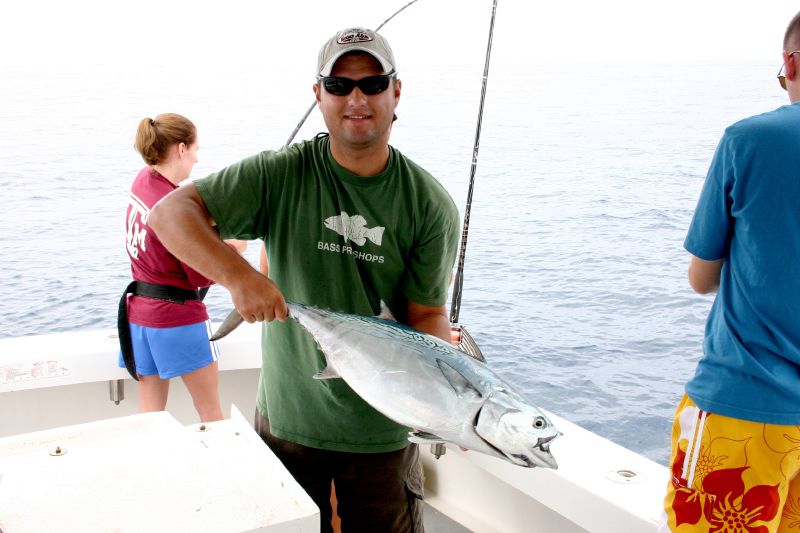
Deep-sea expeditions demand substantial, seaworthy vessels typically ranging from 30 to 65 feet or larger, capable of withstanding powerful waves and unpredictable weather conditions far from shore. These boats require significant investments in both purchase price and maintenance, with specialized equipment including powerful outboard motors, extensive navigation systems, radar, and safety gear appropriate for open ocean travel. Inshore fishing, however, can be successfully pursued with more modest watercraft, including bay boats, skiffs, or even kayaks in some protected waters. These smaller vessels, typically 16 to 25 feet, offer greater maneuverability in shallow waters and around coastal structures, while requiring less maintenance and fuel. The substantial difference in vessel requirements represents one of the most significant practical and financial considerations when choosing between these fishing styles.
Target Species Variation
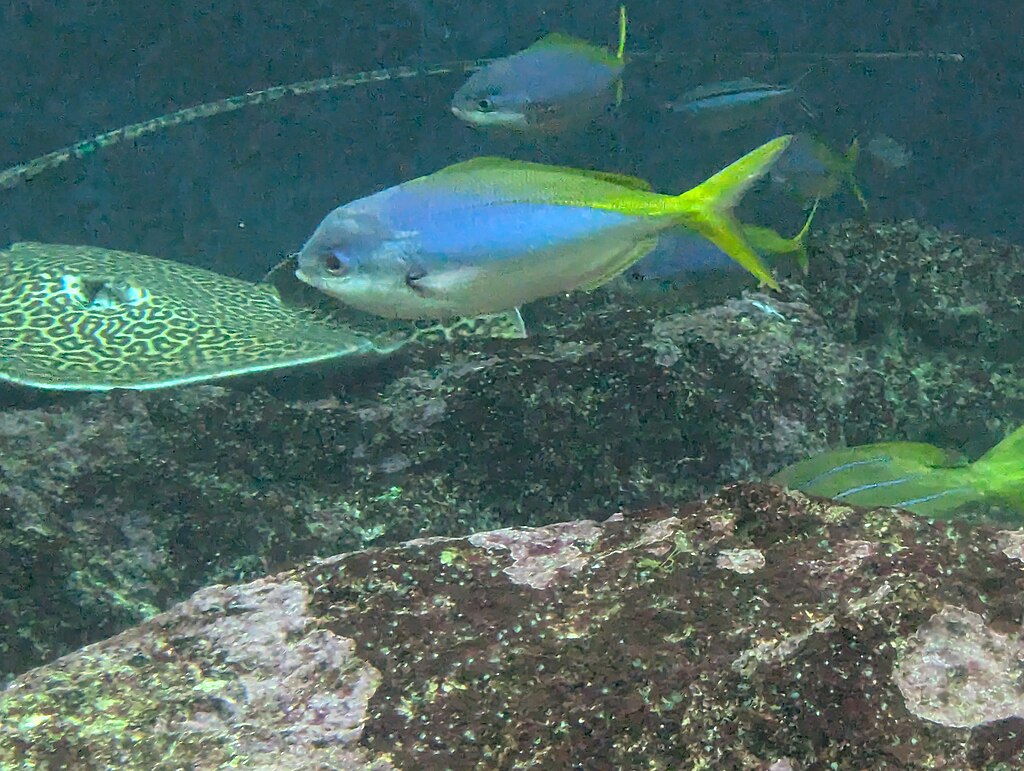
The deep-sea environment hosts significantly larger game fish, including marlin, tuna, swordfish, wahoo, and various shark species that patrol deeper, offshore waters. These apex predators offer the potential for trophy catches weighing hundreds of pounds and legendary battles that might last hours. Inshore waters, while hosting generally smaller species, offer remarkable diversity, including redfish, snook, speckled trout, flounder, tarpon, and striped bass, depending on your geographic location. These species typically range from a few pounds to occasional trophy specimens exceeding fifty pounds, offering consistent action and variety throughout a single outing. The contrast in target species significantly shapes the fishing experience, with deep-sea fishing offering fewer but potentially more dramatic catches, while inshore fishing provides more consistent action with a wider variety of species.
Equipment and Tackle Requirements

Deep-sea fishing demands heavy-duty equipment built to handle powerful game fish, including large conventional reels spooled with heavy-test line ranging from 30 to 130 pounds. Rods must be substantial enough to withstand extreme pressure while maintaining sensitivity, often constructed with specialized composite materials. Terminal tackle includes heavy leaders, large circle hooks, wire leaders for toothy species, and substantial weights to reach extreme depths. Inshore setups, by comparison, generally utilize lighter tackle with spinning or baitcasting reels spooled with 8 to 20-pound test line on medium-action rods. This lighter gear allows for more finesse presentations and longer casting distances, crucial for effectively covering inshore environments. The significant difference in equipment requirements translates directly to substantial disparities in initial investment and ongoing costs between these fishing approaches.
Physical Demands and Accessibility

Deep-sea fishing involves significant physical demands, from maintaining balance on a constantly moving deck in open waters to the intense exertion required when battling large pelagic species. Extended trips ranging from full-day excursions to multi-day expeditions demand physical stamina and mental fortitude, particularly when contending with potential seasickness in challenging conditions. Inshore fishing generally presents less physical strain with shorter trips, calmer waters, and the ability to take breaks by anchoring in protected areas. The reduced physical demands make inshore fishing more accessible to anglers of varying ages and physical abilities, including children, seniors, and those with limited mobility or stamina. This accessibility factor represents a crucial consideration for many when determining which offshore style aligns with their physical capabilities and comfort requirements.
Time Commitment Differences

Deep-sea expeditions represent substantial time investments, typically requiring full-day commitments at minimum, with many serious offshore anglers preferring multi-day trips to maximize fishing opportunities after reaching distant grounds. The extended time frame incorporates not just fishing hours but significant travel time to and from offshore locations, often involving pre-dawn departures and late returns. Inshore fishing offers much greater flexibility, with productive trips possible in half-day or even two to three-hour windows when conditions and tides align favorably. This time efficiency allows inshore anglers to fit fishing around other commitments or to make spontaneous decisions based on weather conditions or fishing reports. For many with busy schedules or family obligations, the ability to enjoy quality fishing experiences in shorter time frames makes inshore fishing particularly appealing.
Cost Comparison and Considerations

The financial aspect of deep-sea fishing presents one of its most significant barriers to entry, with charter trips typically ranging from $1,000 to $3,000 for a full day, depending on location, vessel size, and target species. For those pursuing boat ownership, offshore-capable vessels start at around $75,000 for modest used models, with new fully-equipped offshore boats easily exceeding $250,000, plus substantial ongoing maintenance, storage, insurance, and fuel costs. Inshore fishing offers a dramatically lower financial threshold, with guided trips typically ranging from $300 to $700 for a half-day, and suitable vessels available starting around $15,000 for used models. The reduced fuel consumption, maintenance requirements, and equipment costs make inshore fishing significantly more accessible financially, both for occasional participants and those considering regular participation or vessel ownership.
Weather Dependency and Season Length
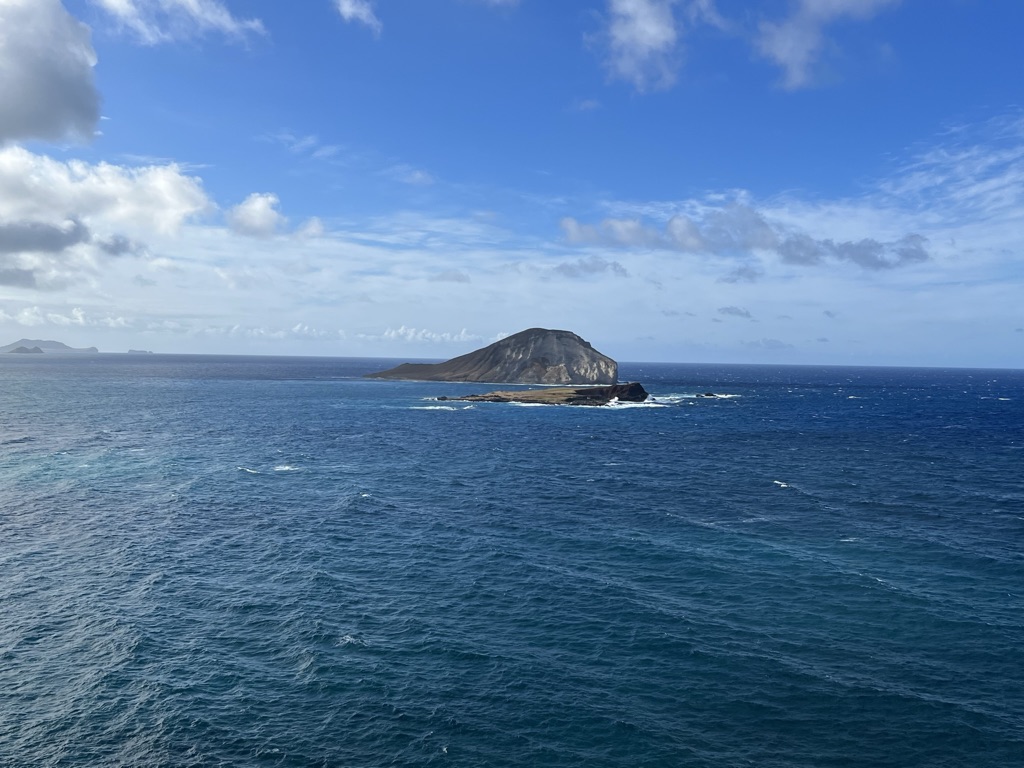
Deep-sea fishing exhibits extreme sensitivity to weather conditions, with safety concerns limiting trips to days with favorable forecasts showing minimal wind, waves, and precipitation. This weather dependency creates significant unpredictability in planning trips, particularly for travelers arranging fishing expeditions in advance. Many offshore fisheries also have relatively short prime seasons measured in weeks or a few months when target species are most abundant. Inshore fishing offers substantially greater weather flexibility, with protected waters remaining fishable during moderate wind conditions that would make offshore waters dangerous. This resilience to weather, combined with the year-round presence of many inshore species, creates extended or even perpetual seasons in many regions. The ability to fish more days throughout the year represents a significant advantage for those seeking consistent angling opportunities regardless of weather patterns.
Learning Curve and Skill Development

Deep-sea fishing involves a steep learning curve encompassing specialized techniques like trolling with complex spread configurations, kite fishing, deep dropping, and chunking for various pelagic species. The technical complexity extends to understanding bathymetric features, offshore currents, temperature breaks, and the behavior patterns of migratory species across vast areas. Inshore fishing, while still requiring skill development, generally offers more immediate success and a more gradual progression from basic techniques to advanced approaches. The confined geography makes pattern recognition more manageable, allowing anglers to more quickly understand relationships between structure, tides, and fish behavior. For beginners, the more forgiving nature of inshore fishing often provides greater satisfaction during the learning process, though both styles offer limitless opportunities for skill refinement and specialization over time.
Social Experience and Group Dynamics
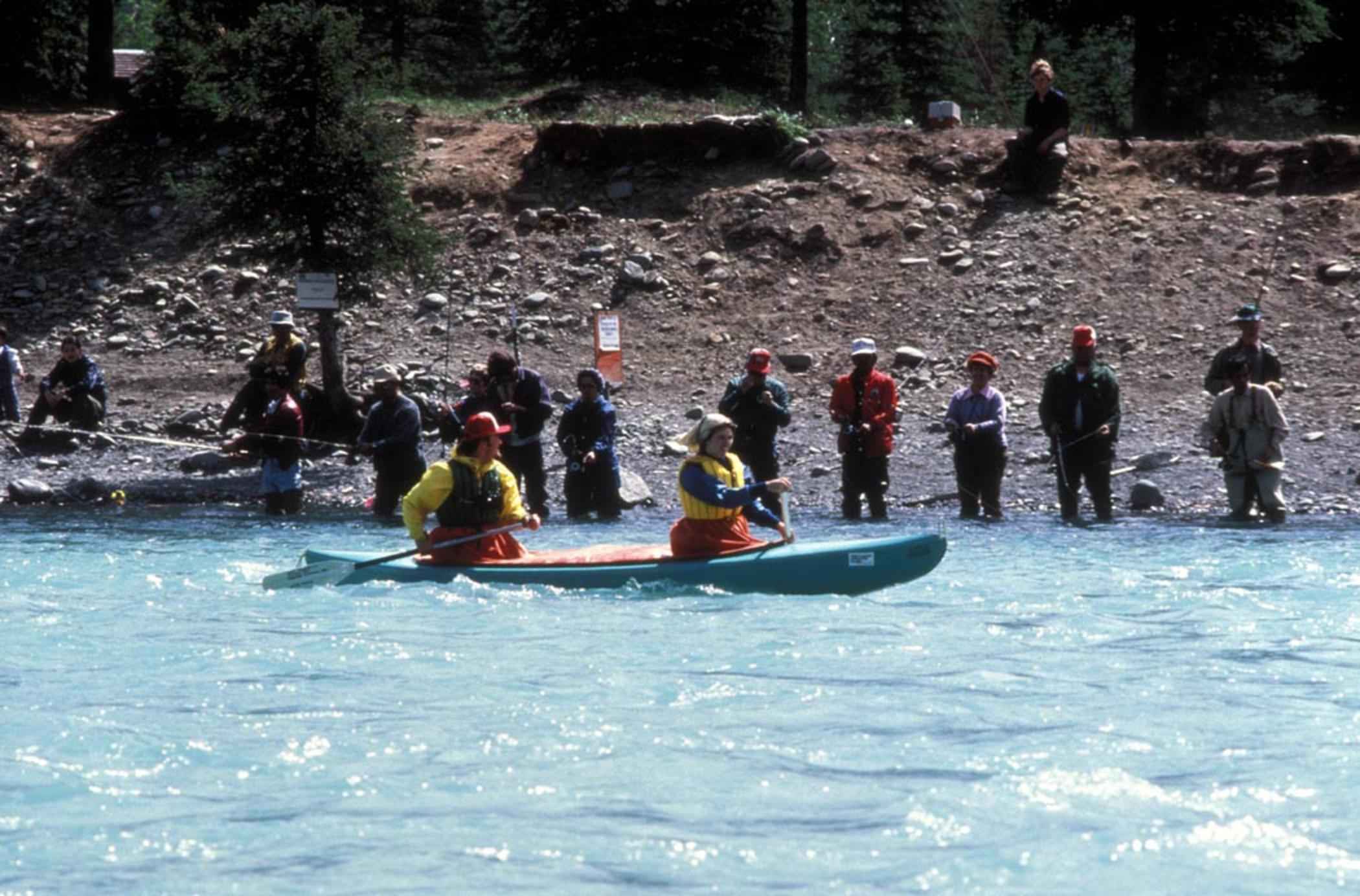
Deep-sea fishing creates a uniquely concentrated social environment, with anglers sharing relatively confined spaces on vessels for extended periods, often fostering camaraderie through shared experiences and collaborative efforts when landing significant catches. The focused nature of offshore trips, combined with limited ability to separate from the group, creates an immersive social dynamic that can be either appealing or challenging depending on personal preferences. Inshore fishing allows for more flexible social configurations, from solitary experiences to small groups, with greater ability to separate or reconvene throughout the day. The reduced pressure and more relaxed pace often create opportunities for teaching and mentoring, making inshore environments particularly conducive to family fishing and introducing newcomers to the sport. These contrasting social dynamics represent an important consideration for those who value either communal experiences or opportunities for solitude in their fishing pursuits.
Conservation Practices and Sustainability
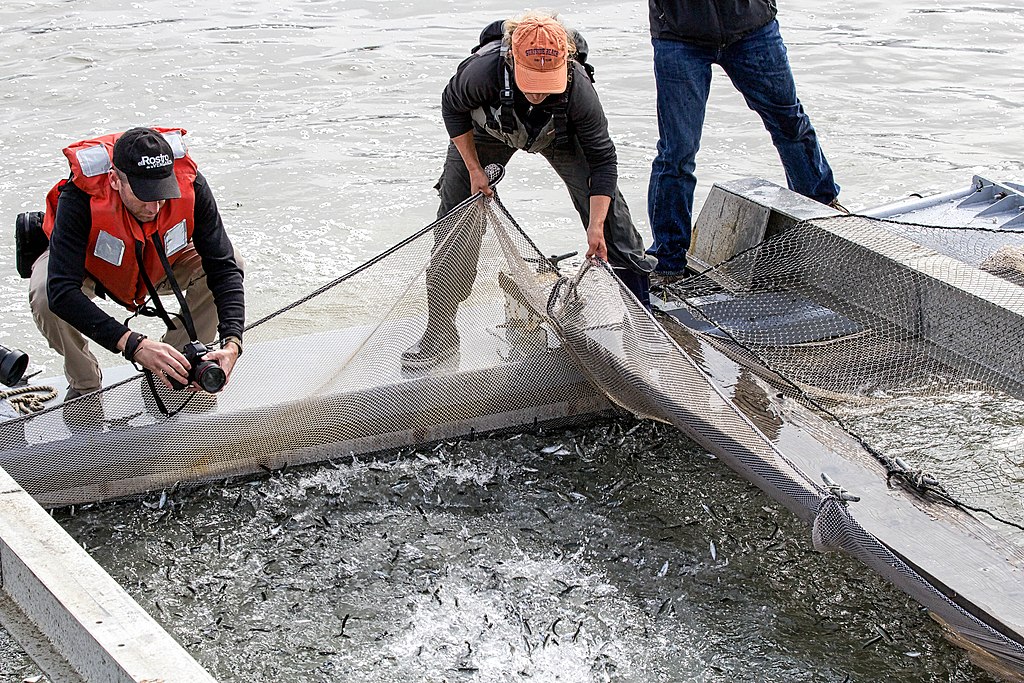
Deep-sea fishing intersects with significant conservation challenges surrounding certain pelagic species that face population pressures from commercial harvesting and changing ocean conditions. Responsible offshore anglers increasingly embrace catch-and-release practices for billfish and other species of concern, utilizing circle hooks and proper handling techniques to maximize survival rates. Inshore ecosystems face their conservation challenges, including habitat degradation from coastal development and water quality issues affecting nursery areas for many species. The accessibility of inshore waters places particular responsibility on anglers to understand slot limits, seasonal restrictions, and proper fish handling protocols. Both fishing styles benefit from anglers adopting conservation-minded approaches, including selective harvesting, proper release techniques, and advocacy for habitat protection and science-based management of marine resources.
Memorable Experiences and Trophy Potential
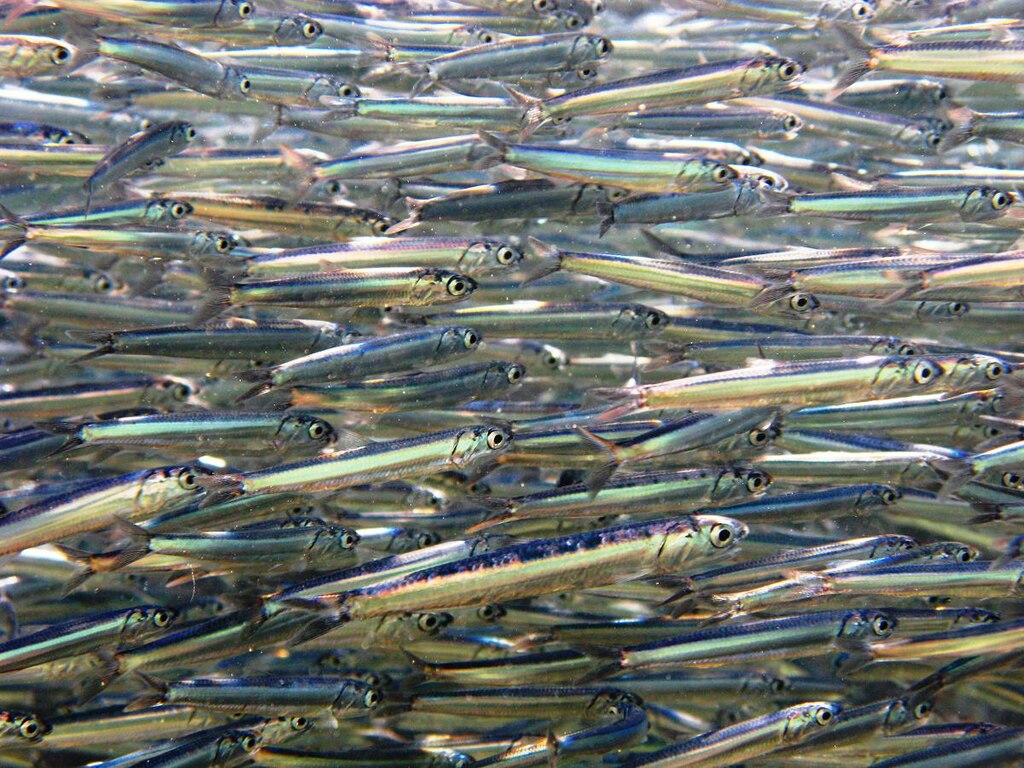
Deep sea fishing offers unparalleled potential for once-in-a-lifetime encounters with truly massive game fish, including thousand-pound marlin, giant bluefin tuna, and other apex predators that create indelible memories and potential record-book entries. The sheer power and size of these offshore species create battling experiences measured in hours rather than minutes, testing both equipment and angler to their limits. Inshore fishing, while typically involving smaller species, offers its version of memorable experiences through visual excitement like surface strikes, tailing redfish in shallow water, or the acrobatic leaps of hooked tarpon. The consistent action and diversity of species create cumulative experiences built from dozens of quality catches rather than single epic battles. Both styles create powerful connections to marine environments and lasting memories, though the nature of those experiences differs substantially in character and intensity.
Making Your Decision: Practical Considerations
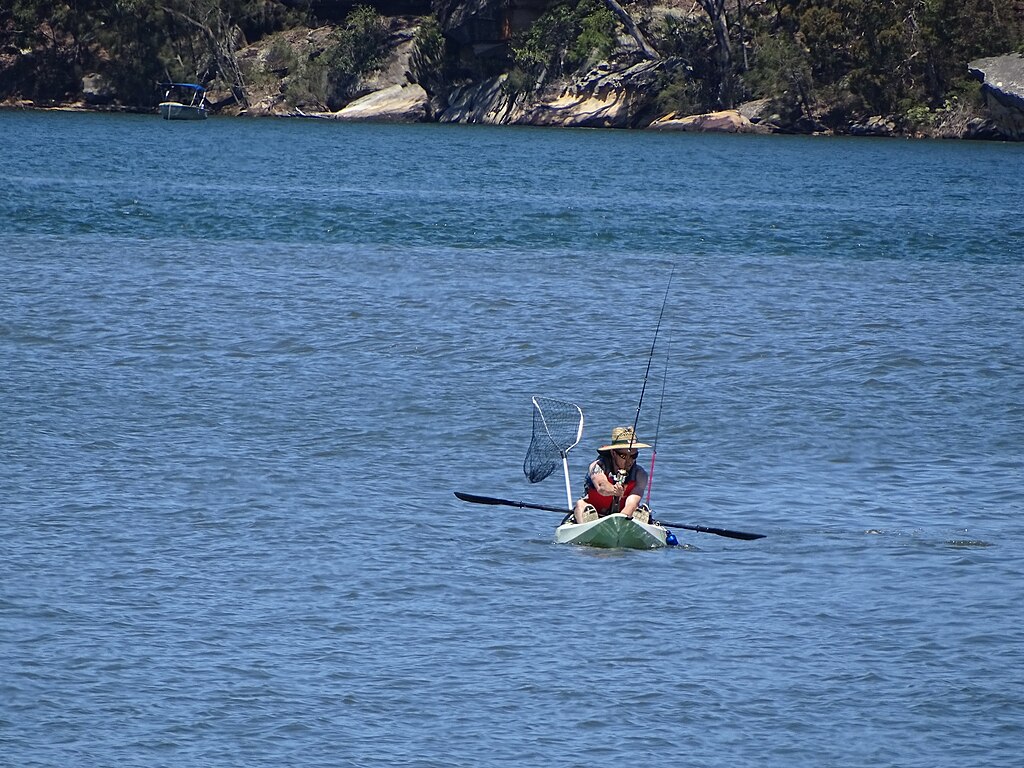
When determining which offshore style suits you best, begin by honestly assessing several personal factors, including your physical condition, budget constraints, available time, and your tolerance for both discomfort and uncertainty. Consider starting with a guided experience in each style before making significant equipment investments, allowing you to experience the fundamental differences firsthand without substantial financial commitment. Many anglers find that geographic location significantly influences their decision, with those living near prominent offshore fisheries naturally gravitating toward deep-sea opportunities, while those in areas with extensive inshore waters discover the remarkable quality available closer to shore. Remember that these styles aren’t mutually exclusive, with many experienced anglers participating in both approaches at different times based on conditions, targets, and available opportunities. The ideal approach allows flexibility to experience both worlds while developing specialized skills in the style that best matches your circumstances and preferences.
Conclusion
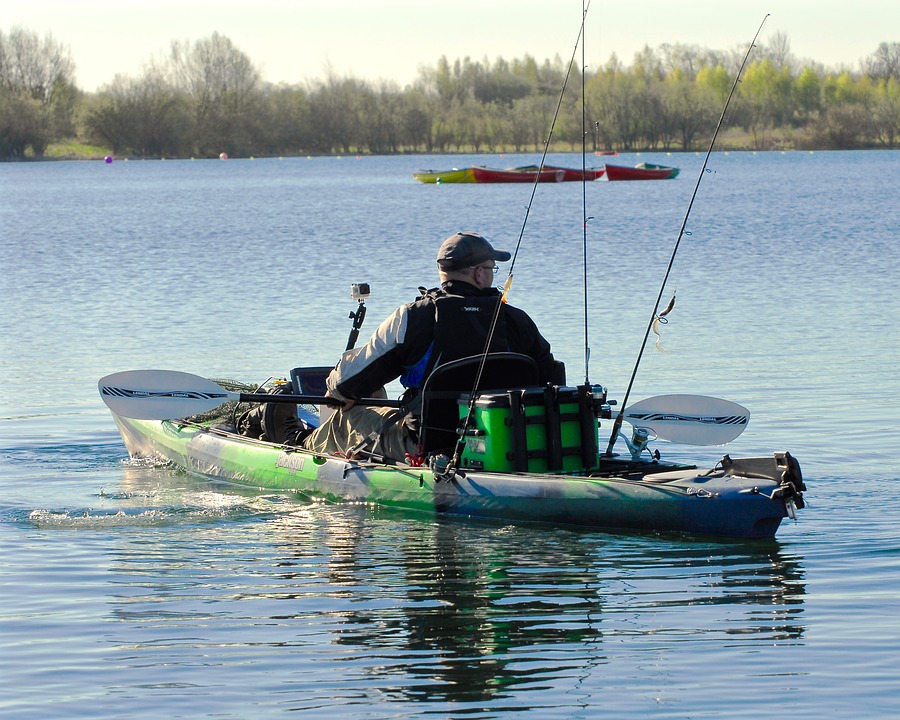
Both deep-sea and inshore fishing offer remarkable opportunities to connect with marine environments while pursuing challenging and rewarding species. The “better” choice ultimately depends entirely on your personal circumstances, preferences, and goals as an angler. Deep-sea fishing excels in delivering epic battles with trophy specimens in dramatic open ocean settings, while inshore fishing offers accessibility, consistency, and diversity in more protected waters. Many experienced anglers eventually incorporate both styles into their fishing repertoire, recognizing that each offers unique rewards that contribute to a complete offshore fishing experience. Whichever path you choose, the offshore environment promises adventure, learning opportunities, and connections with marine ecosystems that continue to evolve and deepen throughout a lifetime of fishing.














Post Comment